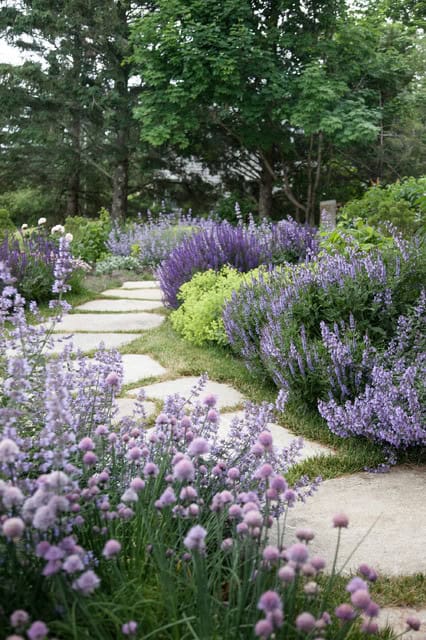
It can do this all without added fertilizer. A garden with soil alive with micro-organisms and that can fix, store and release nutrients on its own. Sustainable garden design improves the landĮcosystem design is about creating a garden that is self-regulating and healthy. Annual inputs of fertility and regular irrigation are necessary to keep the garden growing. Most gardens are also organized for short-term productivity. Some of the obstacles gardeners face include those pervasive issues of weeds, pests, water, and yields. Principles that can guide the design of our gardens, landscapes, and farms. When we observe wild ecosystems, such as woodlands, grasslands, or wetlands, we can see similarities and natural principles in all of them. By emulating these natural principles in our growing spaces, our gardens can become more sustainable and bountiful. They naturally create a wealth of sustained resources for the future. Wild systems are regenerative and resilient, helping to self-regulate fertility and pests. My work is in ecosystem design, which is about understanding the natural principles that make wild and natural landscapes such as woodlands and meadows successful. Sustainable garden design, regenerative gardening, permaculture design, natural gardening all of these practices have roots in observing nature and creating garden strategies by working within ecosystems.

This is sustainable garden design at its best and benefits soil, plants, yield, and communityīy Zach Loeks, Director of the Ecosystem Solution Institute Clever tips for using the way wild ecosystems work to create a self-sustaining and bountiful food garden.


 0 kommentar(er)
0 kommentar(er)
